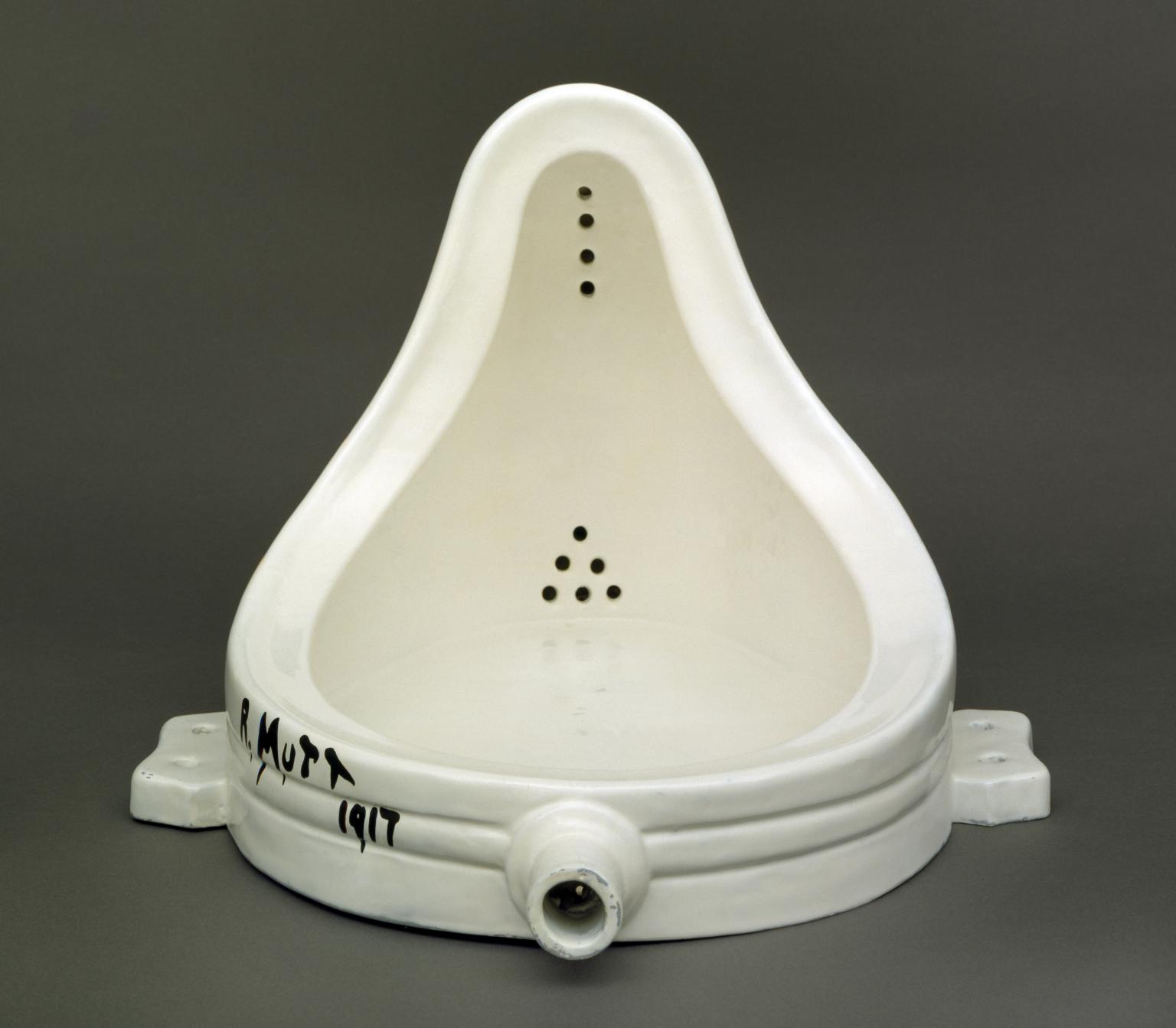view the rest of the comments
Traditional Art
From dabblers to masters, obscure to popular and ancient to futuristic, this is an inclusive community dedicated to showcasing all types of art by all kinds of artists, as long as they're made in a traditional medium
'Traditional' here means 'Physical', as in artworks which are NON-DIGITAL in nature.
What's allowed: Acrylic, Pastel, Encaustic, Gouache, Oil and Watercolor Paintings; Ink Illustrations; Manga Panels; Pencil and Charcoal sketches; Collages; Etchings; Lithographs; Wood Prints; Pottery; Ceramics; Metal, Wire and paper sculptures; Tapestry; weaving; Qulting; Wood carvings, Armor Crafting and more.
What's not allowed: Digital art (anything made with Photoshop, Clip Studio Paint, Krita, Blender, GIMP or other art programs) or AI art (anything made with Stable Diffusion, Midjourney or other models)
make sure to check the rules stickied to the top of the community before posting.


the real question should be: does it count as "art" in the first place, which is a question the art community has been trying to find the answer to since the last 107 years since it's been published.
I know next to nothing about art history and art movements but what i find really interesting is how its able to divide the community in half (as evidenced by the ratio of upvotes to downvotes on this very post)
It's a piece of art that makes you ask what is art in the first place.Now I agree one could probably poop on a plate or tape a banana to an exhibit wall to raise the same question, but Duchamp's works are iconic enough in the realm of modernism to warrant a discussion in the least.
As for it being traditional art or not, This community was created to promote any and all art that is "non-digital" in nature, so at least fountain falls under that umbrella.
It helps to contextualize this work in the movement it was part of: Dada. After the invention of photography the fine arts community was dealing with a crisis: painting was the primary form of art, and painting was meant to capture reality faithfully. Photography turns that on it's head and we get the beginnings of modern art with the Ashcan school in 1900 which makes everyday life, including the lives of the less fortunate, an acceptable subject of painting (previously it was nearly all portraiture, landscape and scenes from history or fiction).
Less representative paintings give way to abstract art, and just 19 years later we see that artists are pushing the bounds of what is considered "art". Duchamp and company were asking the question of "what is art" with each new piece and the overall movement of Data and it's descendants such as Fluxus has investigated that boundary for more than 100 years.